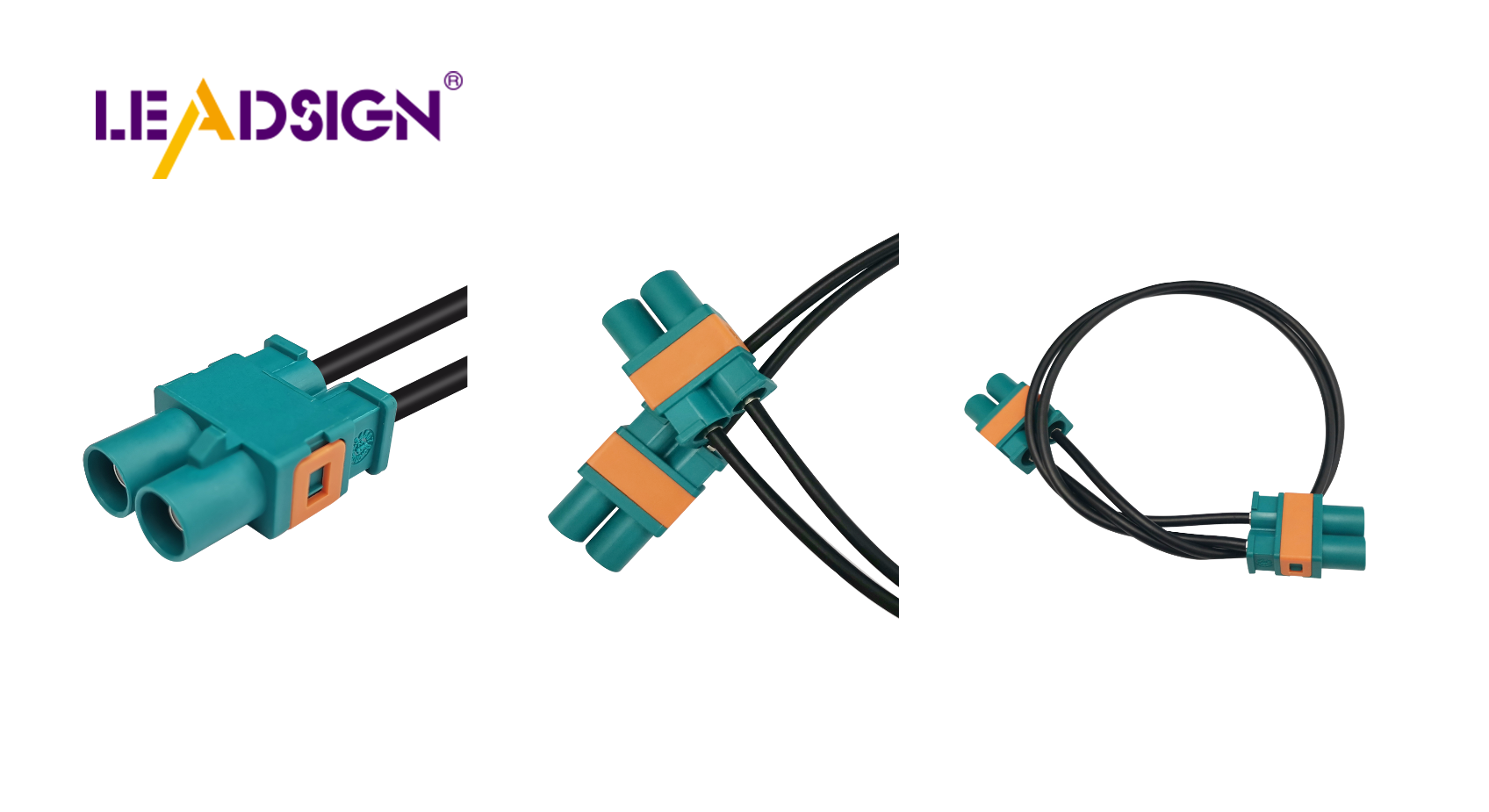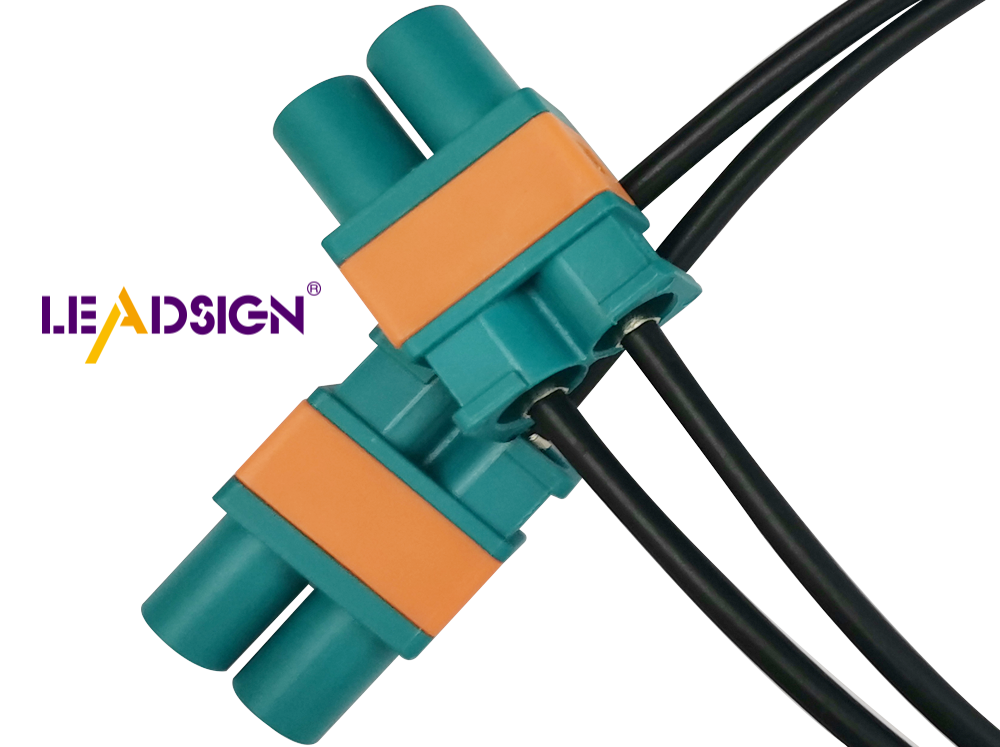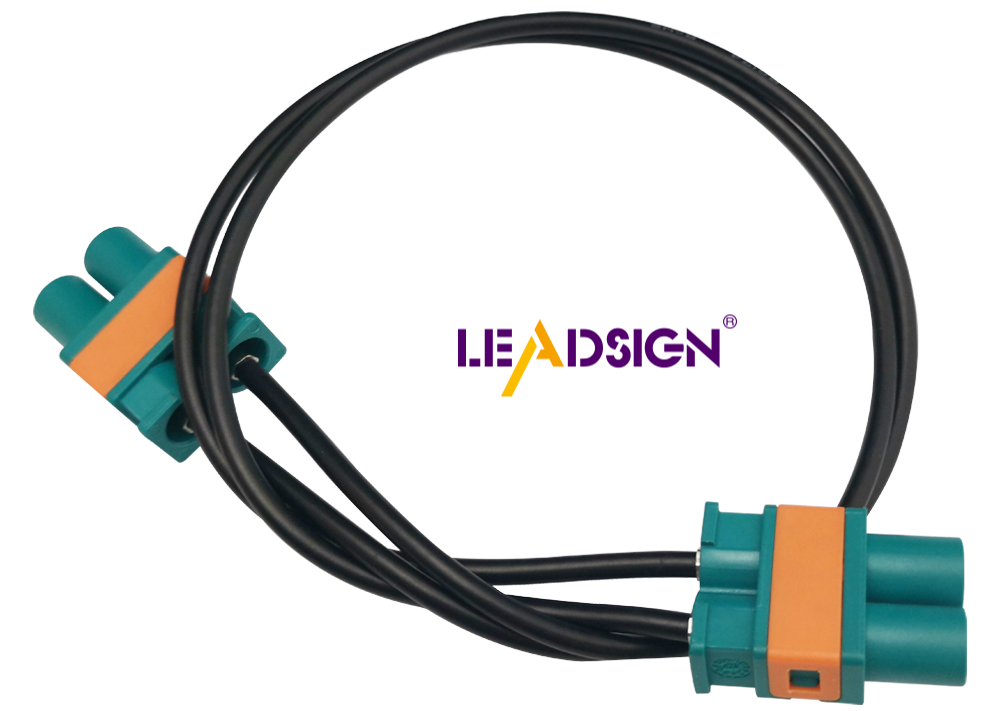What to Know Before Buying 50 Ohm Coax Cable Types

Picking the right 50 Ohm coax cable is important for data use. These cables are great at improving cell signals. They work well with phone booster systems. Knowing the types of coax cables helps you choose the best one. Each type is special and works differently. This ensures they work best in different situations. By knowing these differences, you can make smart choices. This will make your setup better and more reliable.
Types of 50 Ohm Coax Cables

Understanding coax cables is important. Different types work differently. Let's look at some popular ones.
RG-58
Characteristics and specifications
RG-58 is a common cable. It’s used in mobile setups. It balances cost and performance well. This cable loses 5.5 dB every 100 feet at 146 MHz. It's not the best for low loss, but good for short distances if you're on a budget.
Common uses and advantages
You can use RG-58 with CB radios or amateur radios. It's flexible, so it's easy to handle in small spaces. If you need a simple coax cable, RG-58 is a good choice.
RG-213
Characteristics and specifications
RG-213 is better than RG-58. It's strong and works well. Many radio fans like it because it's tough and sends signals reliably.
Common uses and advantages
Use this cable where you need strength. It's great outdoors or for long distances where signal quality matters. Its thick design helps keep signals strong, making it great for serious radio users.
LMR-400
Characteristics and specifications
LMR-400 is known for low signal loss over long distances. It has foam PE inside, which helps it work well. At 146 MHz, it only loses about 1.5 dB per 100 feet, making it ideal for keeping signals strong over long runs.
Common uses and advantages
If you're building a network or need professional cables, LMR-400 is suggested. Its low loss makes it perfect when every dB matters, like in Wi-Fi networks or cell booster systems.
Applications and Uses of Coax Cable
Radio Communications
Why 50 Ohm is important for radios
In radio communications, 50 Ohm cables are key. This number isn't random. It matches most radios' output, helping signals move well. This match cuts down signal loss, keeping communication clear. The 50 Ohm level balances power and low loss, perfect for radios. Whether using ham radios or broadcast gear, the right cable keeps signals strong.
Common uses and benefits
In radio setups, connect your radio to an antenna with 50 Ohm cables. This is common in amateur radios and emergency systems. The benefits? Strong connections with little interference mean clearer sound and reliable data. These cables are tough too, great for outdoor use on towers or mobile units.
Wi-Fi and Cellular Networks
How 50 Ohm cables help networks
For Wi-Fi and cellular networks, 50 Ohm cables are a must-have. They link parts like antennas in network setups. These cables help data move smoothly between devices, reducing loss and keeping connections strong. In cell networks, they work in towers to send signals far without losing strength.
Why choose them over other types?
Why pick 50 Ohm over others? They handle data better than 75 Ohm ones used for video. This makes them perfect for Wi-Fi and cellular networks where data matters most. Plus, they manage power well to boost cell signals. If setting up a network or improving coverage, the right coax cable is crucial.
Things to Think About When Buying Coax Cable
When buying a coax cable, many things matter. Let's look at what you should know.
Cable Length
How It Affects Signal Quality
Cable length is important for signal strength. Longer cables can lose more signal. This loss is called attenuation. For example, an LMR-400 cable loses less signal than an RG-58 over the same distance. If your cable is long, pick one with low loss to keep signals strong.
Tips for Different Uses
For short distances, RG-58 might be okay, especially if money is tight. But for longer or serious setups, use LMR-400. It keeps signals strong over long distances. Always measure how much cable you need to avoid losing signal strength.
Flexibility and Durability
Why They Matter in Different Places
Flexibility and durability are key if the cable will bend or move a lot. A flexible cable like M&P-ULTRAFLEX 7 works well in small spaces or moving setups. It's flexible but still works great, making it useful.
What Materials Are Best?
The material of the coax affects flexibility and toughness. Look for cables made from good materials that last long. Cables with strong outer layers resist damage better, lasting longer too. Check what it's made of to make sure it fits your needs.
Environmental Factors
Using Outside and Weather Resistance
If using outside, weather resistance is crucial. Outdoor cables need extra protection from sun and rain. Choose ones rated for outdoor use so they handle tough weather well.
Protection Against Interference
Shielding stops interference from other electronics nearby. Good shielding cuts down noise and keeps signals clear, especially in busy cities where interference happens often. Pick a well-shielded cable to keep signals clear.
Comparing 50 Ohm vs. 75 Ohm Coax Cables

When picking coax cables, know the difference between 50 Ohm and 75 Ohm. Let's see what makes them different and why you might choose one.
Key Differences
Impedance and its impact on performance
Impedance, in Ohms, affects how cables work. It shows the balance of capacitance and inductance in AC signals. For 50 Ohm cables, this balance is great for sending data. They are best for radio talks and cell networks. They keep signals strong better than 75 Ohm ones, which can lose -1.1 dB per 100 feet. So, 50 Ohm cables are about 1.3 times stronger at keeping signals.
Typical applications for each type
You find 50 Ohm cables where sending data matters most, like Wi-Fi networks or radios. But, 75 Ohm cables are used for video things like TVs. They fit these uses well but aren't as good with data as 50 Ohm ones.
Why Choose 50 Ohm?
Specific advantages for certain applications
Picking 50 Ohm cables has perks, especially for lots of data use. They boost cell signals better and are thicker with bigger connectors to last longer and work well. If setting up a network or using radio gear, they keep signals clear.
Considerations for making the right choice
When choosing between them, think about your needs. If you need to send data far without losing quality, go with 50 Ohm cables. They're reliable for serious setups. But if it's mostly video stuff you need, then pick the 75 Ohm ones instead.
Choosing the right coax cable is very important. It helps your setup work well. You learned about 50 Ohm coax cables. They have different uses and things to think about when buying. Here's a simple list to help you choose:
Know Your Use: Decide if it's for radio, Wi-Fi, or cell networks.
Think About Cable Length: Long cables might need low-loss ones like LMR-400.
Look at Flexibility and Strength: Pick based on where and how you'll use it.
Check Weather Resistance: Make sure it's good for outside if needed.
See Also
Harnessing FAKRA Coaxial Cable's Full Potential
Why FAKRA Coaxial Cables Matter in Automotive Use
Maximizing the Benefits of FAKRA Cable Connectors

